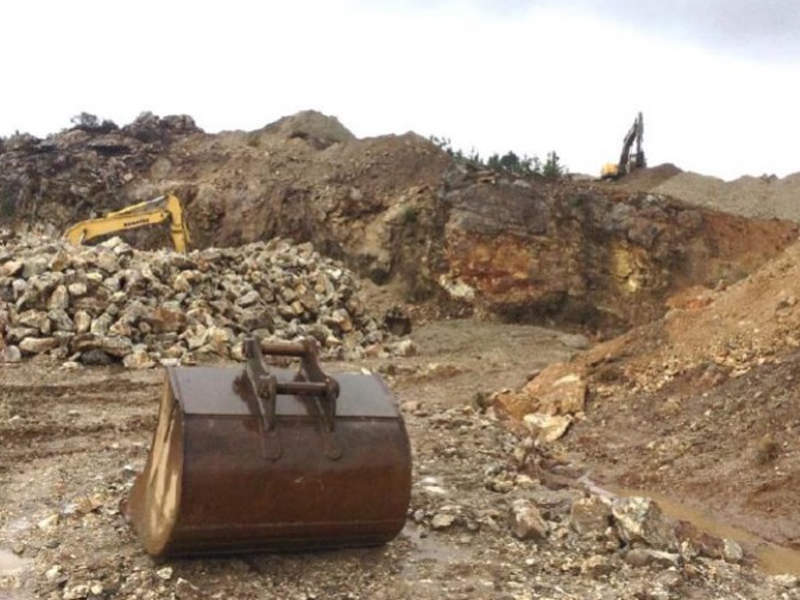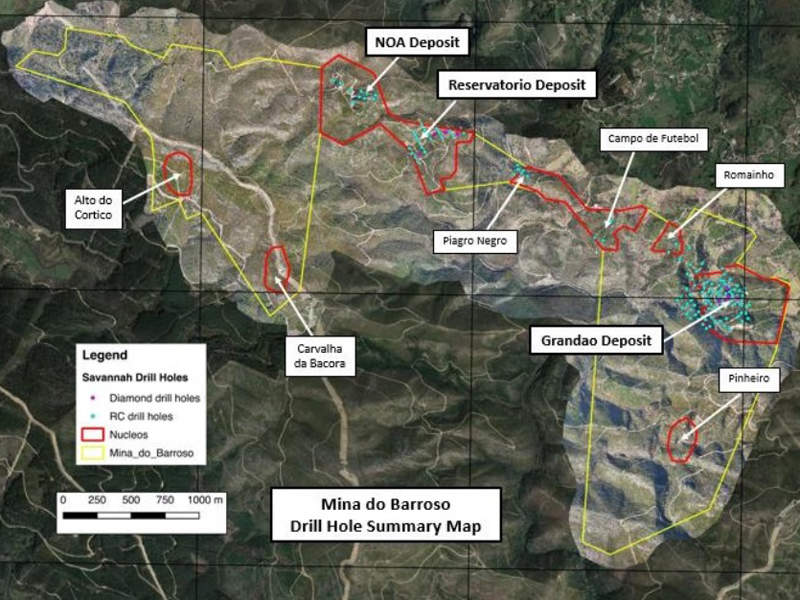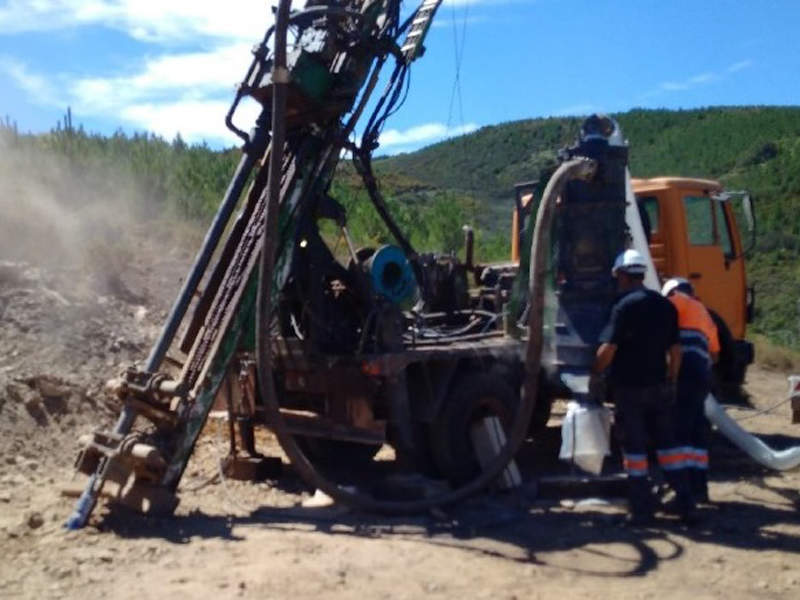The Mina do Barroso lithium project is a high-grade, low-iron lithium project being developed in northern Portugal. Savannah Resources acquired a 75% interest in the project in May 2017, while the remaining 25% is held by Slipstream Resources.
Mina do Barroso is the biggest spodumene lithium discovery in Western Europe in recent times. It is expected to produce an average of 175,000 tonnes per annum (tpa) of spodumene concentrate at 6% Li2O.
An average annual run-of-mine production of 1.3 million tonnes (Mt) is expected to be made from an inventory of 14.42Mt, through its anticipated mine life of more than 11 years.
Scoping study for the lithium project was completed in June 2018, and construction is expected to start in the second quarter of 2019. First concentrate production from the mine is anticipated in the first quarter of 2020.
Mina do Barroso geology and mineralisation
The Mina do Barroso lithium project occupies the entire C100 Mining Lease and comprises three deposits namely Grandao, Reservatorio, and NOA.
Most of the lithium mineralisation at the mine is hosted as spodumene-bearing pegmatites, and contained within metapelitic, mica schists and sometimes as carbonate schists of upper Ordovician to lower Devonian age.
The Grandao deposit is made up of two separate pegmatite intrusions, with the upper intrusion located within a broad, flat-lying 20m-40m thick pegmatite body. The lower portion of the deposit is present as a steep dipping dyke with a width between 15m and 20m.
The host pegmatite of the NOA deposit is a 5m-10m wide dyke trending in north-west direction.
Mina do Barroso project reserves
The Mina do Barroso project is estimated to contain inferred mineral resources of 14Mt containing 149,200t of Li₂O graded at 1.1% Li₂O.
Mining and processing of ore at Mina do Barroso
Conceptual open-pit method of mining is proposed for the Mina Do Barroso lithium project to produce a plant feed rate of 1.3 million tonnes per annum (Mtpa). An estimated 2.7Mt of pegmatite will also be mined as part of the production plan.
The Grandao pit will supply ore for the first four years as part of the mining plan. The ore will be processed in a mixed dense media separation circuit and flotation circuit with a final plant availability of 85%.
Ore processing will comprise multiple stage crushing, and milling utilising high-pressure grind rollers. The crushed ore will be fed into the DMS circuit, which will separate the material based on its specific gravity using fine ferrosilicon as a separation medium.
The separated material will be forwarded to the fine grinding circuit and refined to a final P80 product size of 106μm, while the middling and tailing streams will be delivered to the ball mill circuit for fine grinding.
The milled ore will pass through four stages of spodumene flotation, one rougher stage and three cleaner stages, resulting in the production of a spodumene concentrate.
The spodumene flotation concentrate will then be thickened, filtered and stored in a storage facility before transporting off-site to the port of Leixões for export.
Infrastructure facilities at Mina do Barroso
Power required for the mine will be supplied from a proposed power transformer, which will be licenced and built by Savannah.
Water will primarily be obtained from the dewatering of the proposed pits with additional water sourced from bores and run-off, if required.
Funding for Mina do Barroso
Savannah Resources has raised approximately £11.5m ($15.21m) in a private placement by issuing approximately 92.54 million new ordinary shares and secured commitments.
The proceeds from the offering will be used for funding the feasibility study and to initiate final development decision for the Mina do Barroso project.
Contractors involved
Savannah Resources has engaged Hatch to conduct scoping study for the lithium project.
PayneGeo designed the geological model and prepared the resource estimates as part of the scoping study.
Minesure is responsible for the analysis and definition of the mining inventory, and for drawing up the contractor costs model as part of the mining concept for the scoping study.






